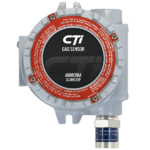Gas Detection Systems
How It Works
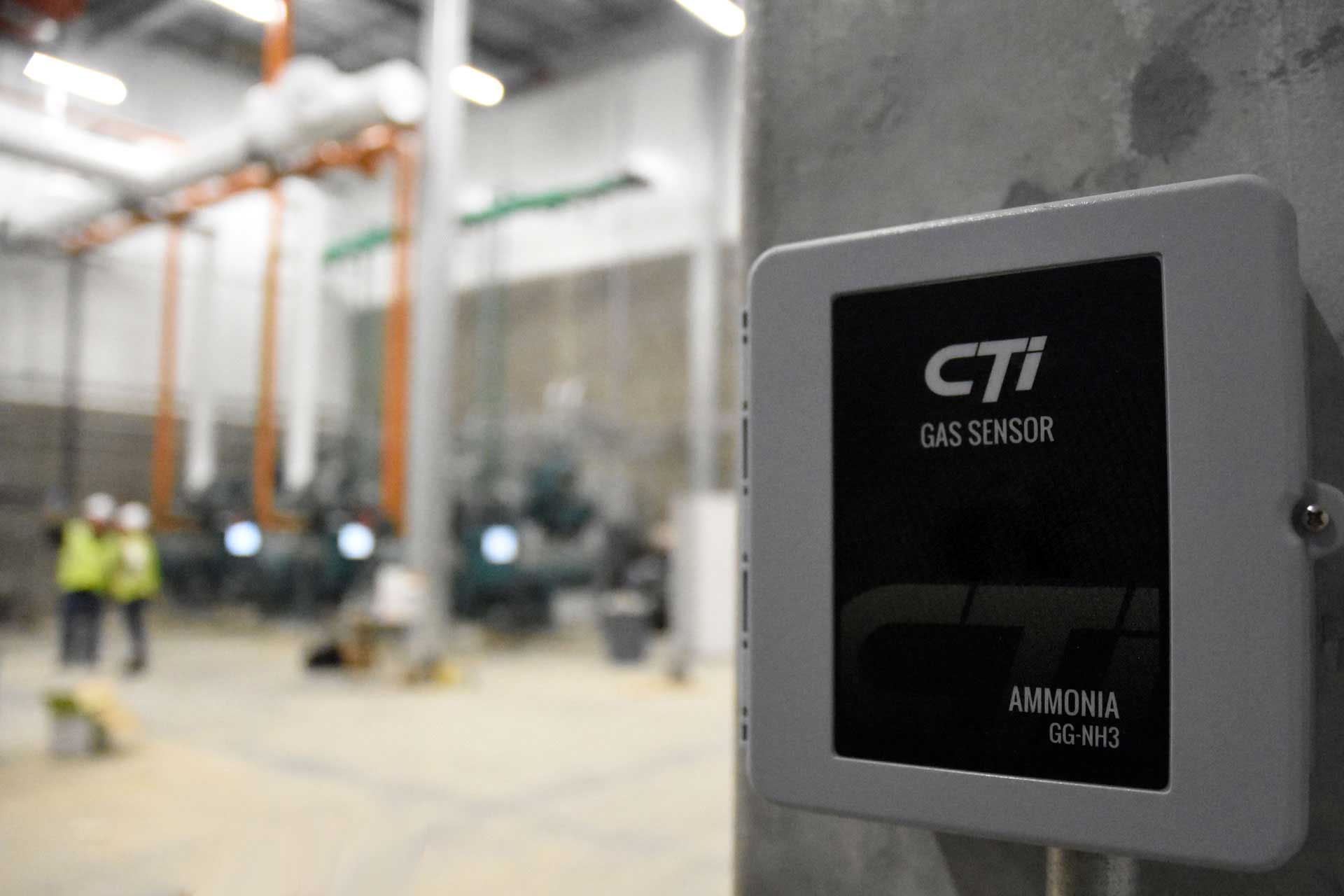
Gas Detection
CTI Gas Detection System
Gas detection systems from CTI incorporate a host of relevant features to deliver a fully functional system to anywhere in the world. The below guide explains how to build a CTI fixed gas detection system.
01. Determine target gas, # of detectors, and alarm levels
The first step to building a gas detection system is identifying the target gas. CTI manufactures detectors for a variety of gases Including Ammonia, Carbon Dioxide, Carbon Monoxide, and others.
The number of detectors required varies based on code requirements, facility size, target gas, and potential leak sources. Generally speaking, a gas detector is required within 30-45ft of a leak source in order to detect leaks in a timely fashion. Leak sources vary between compressors, freeze tunnels, evaporators, penthouses, fill stations, vehicle locations, etc.
Alarm levels are driven by OSHA exposure limits, fire departments, PSM coordinators, and other governing bodies. The recommended alarm levels vary greatly depending on the target gas and application. Desired alarm levels should be chosen before purchasing to select the proper sensor range.
See CTI Buying guides for target gas specific information.
02. Select gas detectors
Once the target gas and alarm levels are determined; it is time to choose a detector model and sensor element.
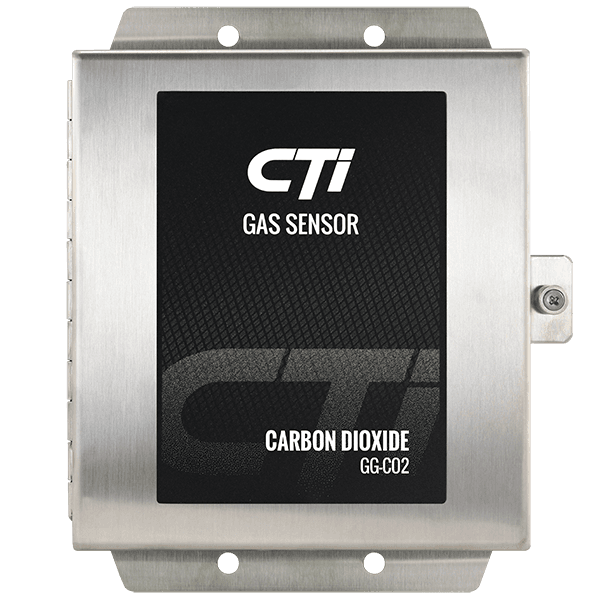
Simple and proven platform outputs 4-20 mA and detects many different target gases. Built for extreme temperatures and the harshest conditions in the food industry.
The GG-EXP is designed with an explosion proof enclosure and outputs 4-20 mA. Designed for toxic gas detection in industrial settings, and does not offer the extreme temperature range of the GG gas detector
The GG-LEL2 detects combustible gases and outputs 4-20 mA. Comes with an explosion proof enclosure and detects: Methane, Hydrogen, Propane, Ethane, and others.
The GG-VL2 is designed for gas detection in vent lines, and has sensor elements for Ammonia, Carbon Dioxide, and synthetic refrigerants (R22, R507A, etc.). The GG-VL2 performance in vent line gas detection is unmatched.
03. Determine system functions
What will the gas detection system do when alarm levels are reached? Relays can be triggered, and signal outputs can be sent to PLC’s. The goal here is to determine how many outputs are required to satisfy all of the alarm conditions, and what connectivity is required to other systems. If the system is to be monitored by a PLC, the connection type should be chosen, whether that be analog output, ethernet, etc.
04. Select controller and accessories
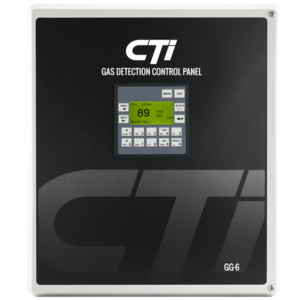
The GG-6 is a full-featured gas detection system controller that monitors up to 30 gas detectors. The GG-6 contains 6 4-20 mA inputs, and 6 relay outputs, and Expansion modules can connect to the GG-6, bringing 8 additional 4-20 mA sensor inputs, and 8 relay outputs onto the system. Each GG-6 can control up to 3 GG-6 expansion modules. Remote Displays also connect to the GG-6, and can be located throughout a facility. The GG-6 has optional analog outputs, or ethernet outputs to transmit sensor data to a PLC. Exhaust Fans, solenoids, power shutdown, building alert systems, and more can all be brought onto the relay outputs.
To accommodate smaller systems or standalone detection, CTI has the GG-2 controller and the EM2 entrance monitor. The GG-2 has 2 4-20 mA inputs, 6 relay outputs, and 2 analog outputs. For locations requiring only 1 detector, the EM2-120 provides a simple solution with 4/20 mA input, and 1 relay output.
CTI manufactures emergency stop buttons, exhaust fan control, and remote reset/silence switch boxes to boost to integrate with the gas detection system.
Audio/Visual devices are an integral part to any gas detection system. Audio/Visual devices can be connected to relay outputs on the cti controllers, or to the relay module if the output is required at the detector location. See the Audio/Visual devices page for more detailed information.
05. System Installation & Startup
Determine locations for controller, sensors, audio/visual devices, power supplies, and all other equipment. Make sure sensors are located to protect personnel, and that alert systems are easily noticed.
Install equipment per wiring diagrams and instructions found in CTI Manuals.
After installation the system should be commissioned. Program all equipment to achieve desired functionality. Once programmed, test sensors and all outputs to ensure all functionality is working as intended. CTI offers a comprehensive startup service for those interested. See the Field Service page or contact CTI for startup details.
Gas Detection System Maintenance
Maintenance of the gas detection system should be performed every 6 months. Sensors need to be calibrated to maintain accuracy. Audio/visual alarms and other outputs should be tested during the system calibration to ensure functionality.

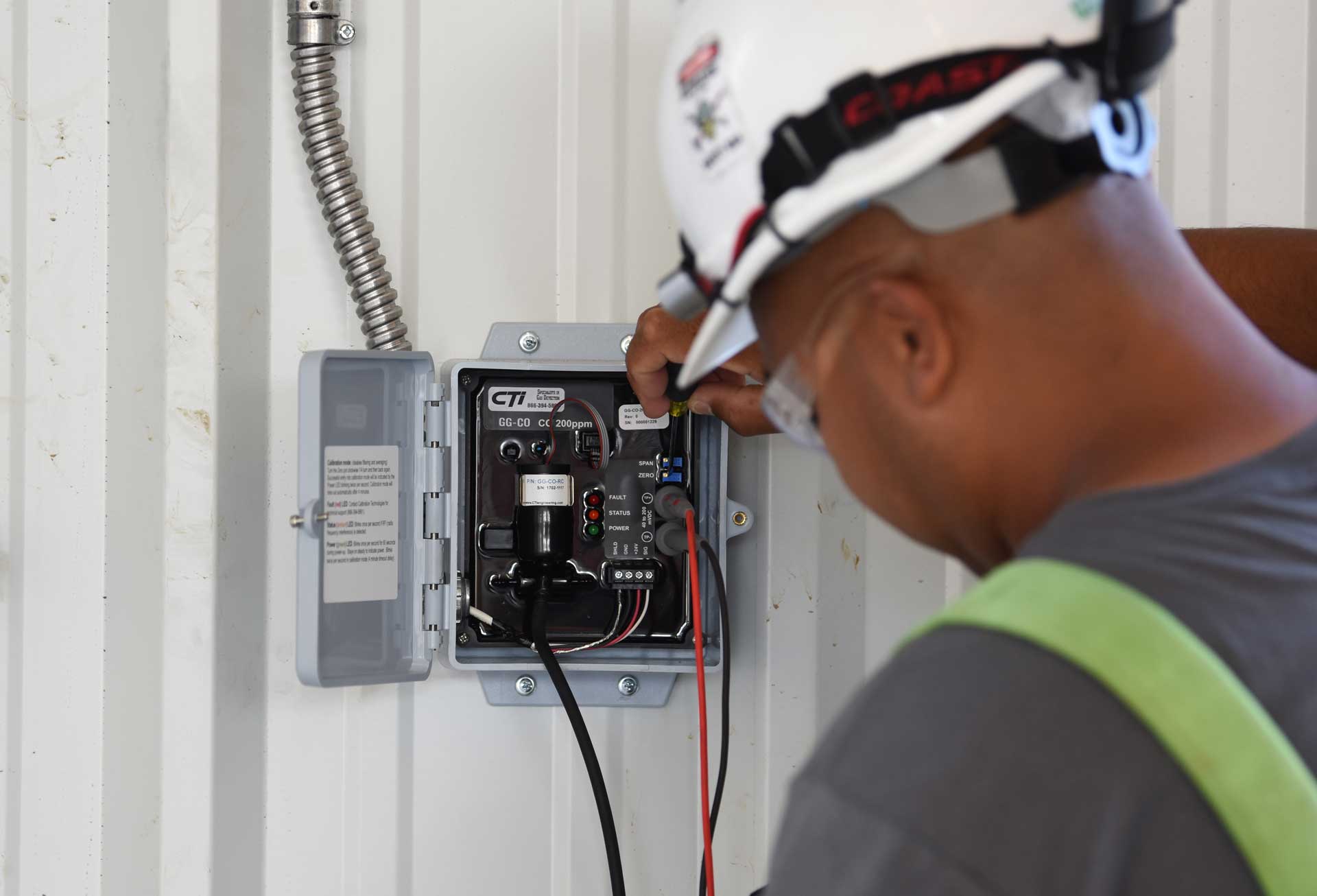
Reports should be updated with system changes and all calibration data, and documentation of system calibration shall be kept on file for OSHA PSM documentation requirements. All relevant details for the gas detection system shall be included in reports
For facilities that prefer an outside party to perform calibration, CTI has well trained, experienced technicians that will service your system properly, and provide thorough documentation to satisfy any inspector. For more information about CTI Service, please visit our field service page.
Shop Gas Detection Products
Need additional assistance?
Fill out the request a quote form and CTI will review your notes and provide assistance in designing a gas detection system for your facility.
Additional Resources
Premier gas detection specialists.
CTI has additional resources published on the site to assist with codes and design, how to avoid false alarms, product feature videos, and more.




